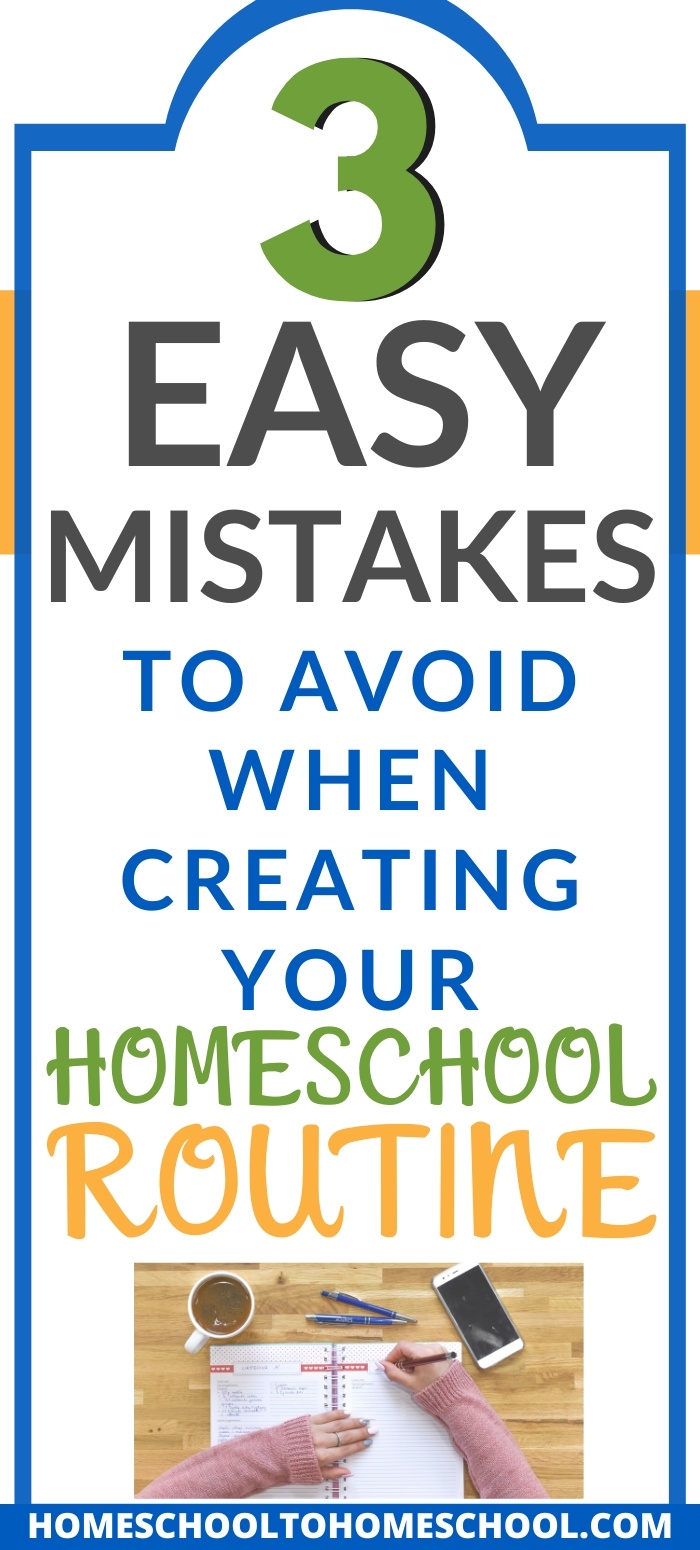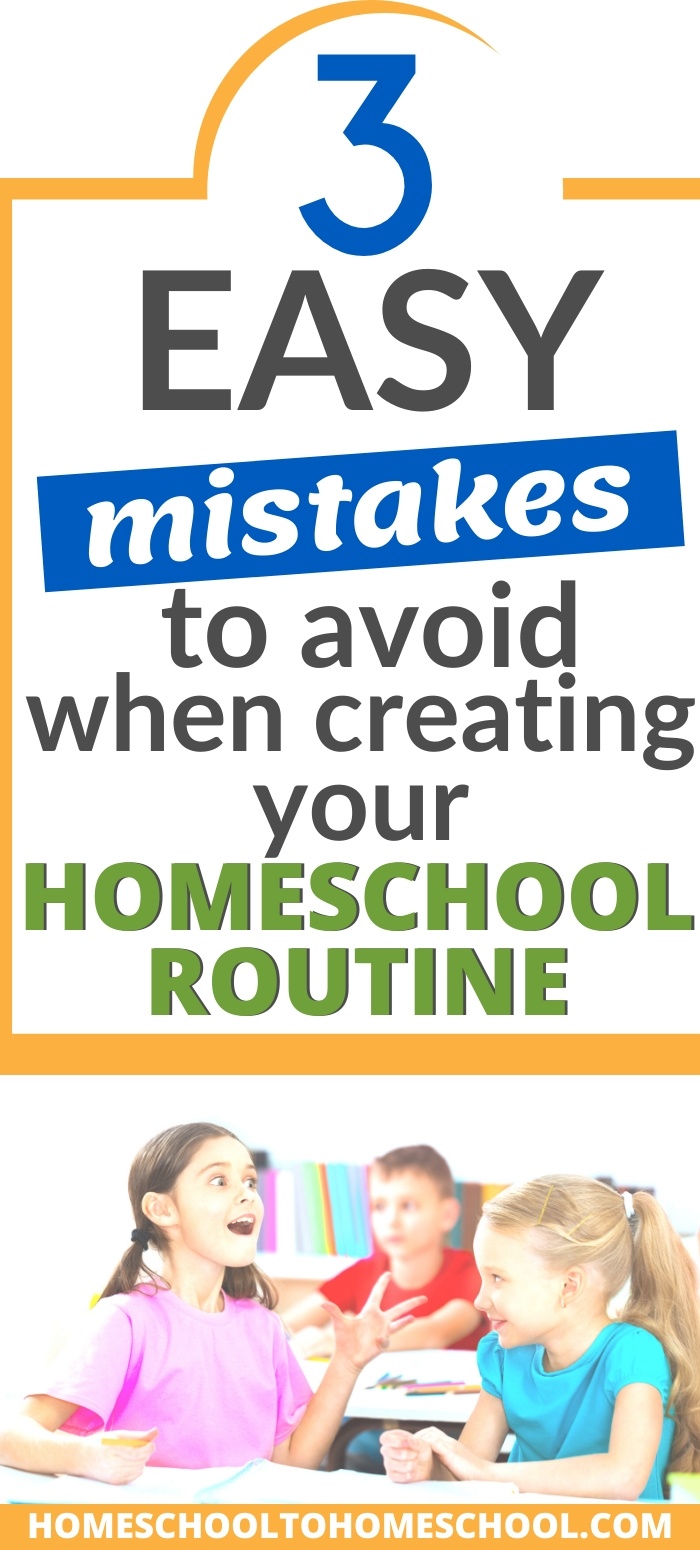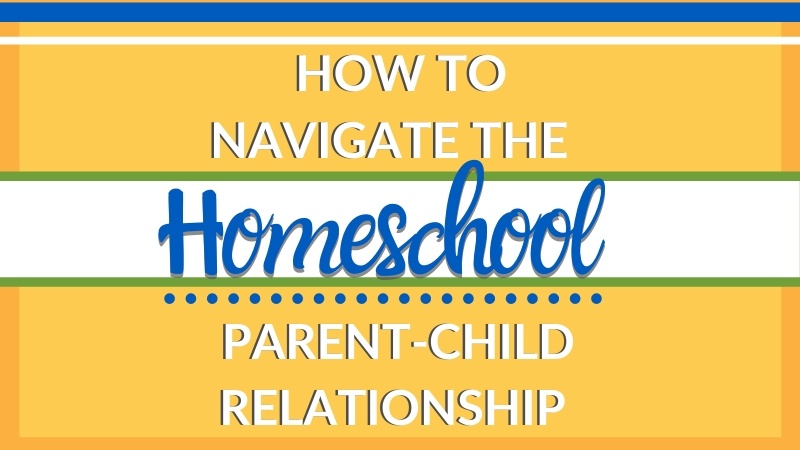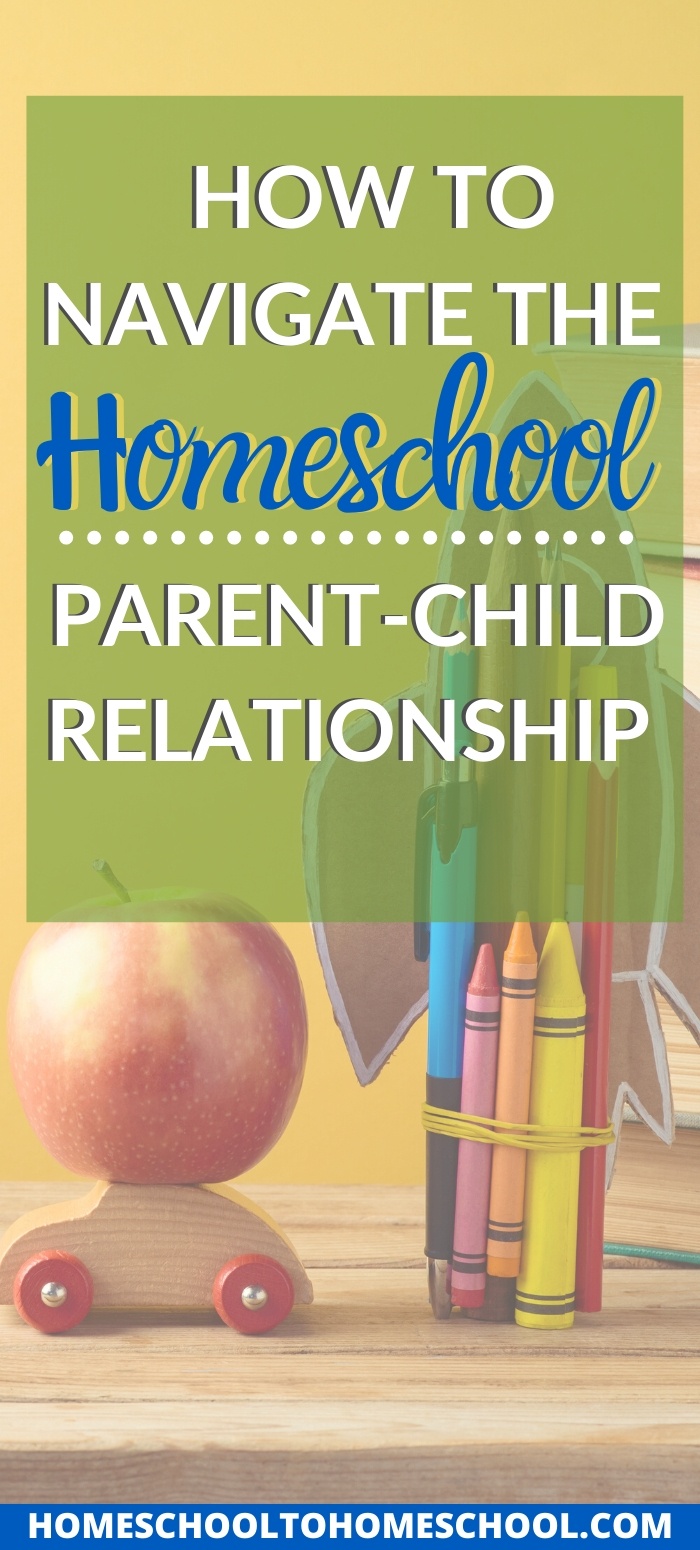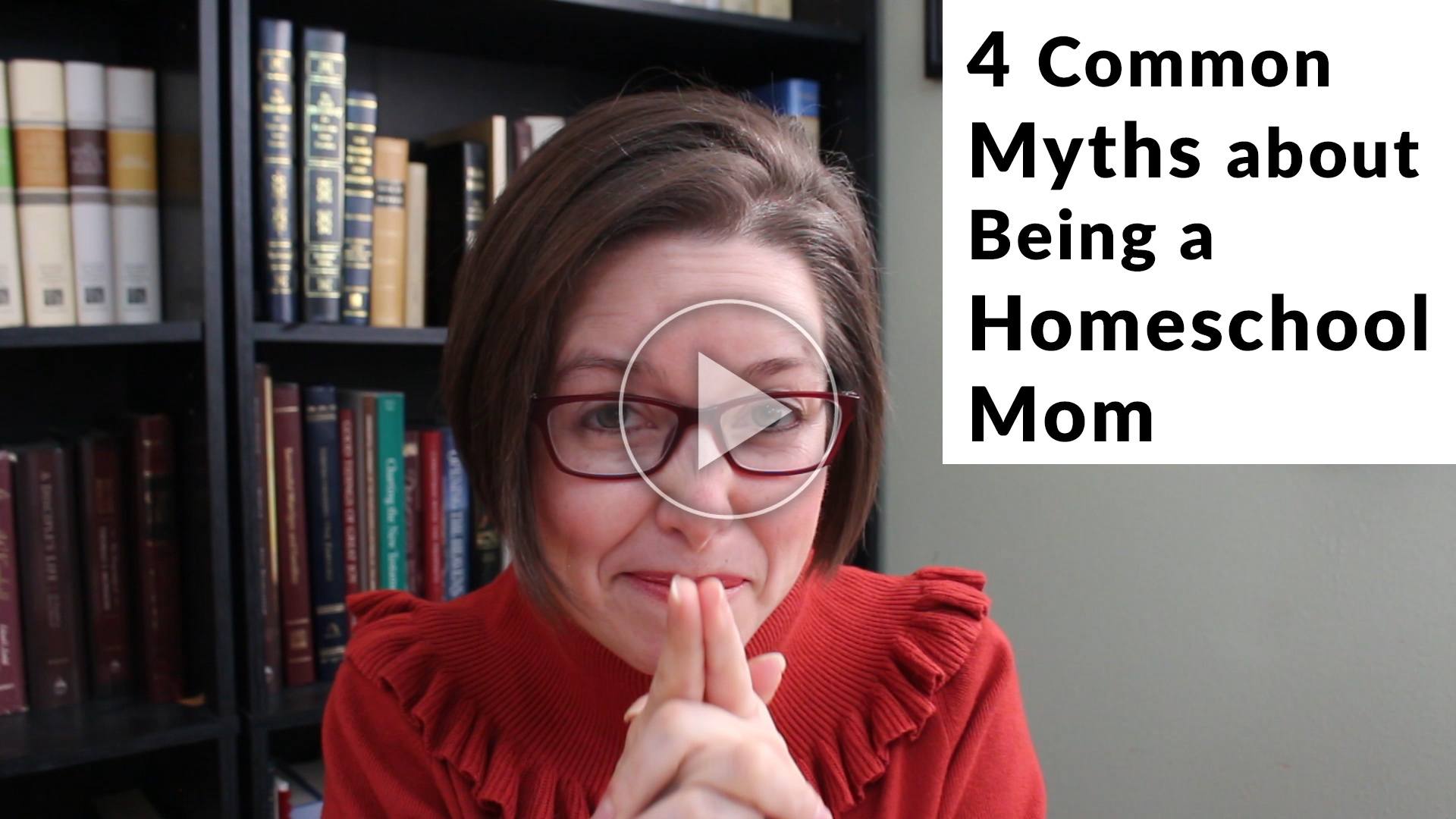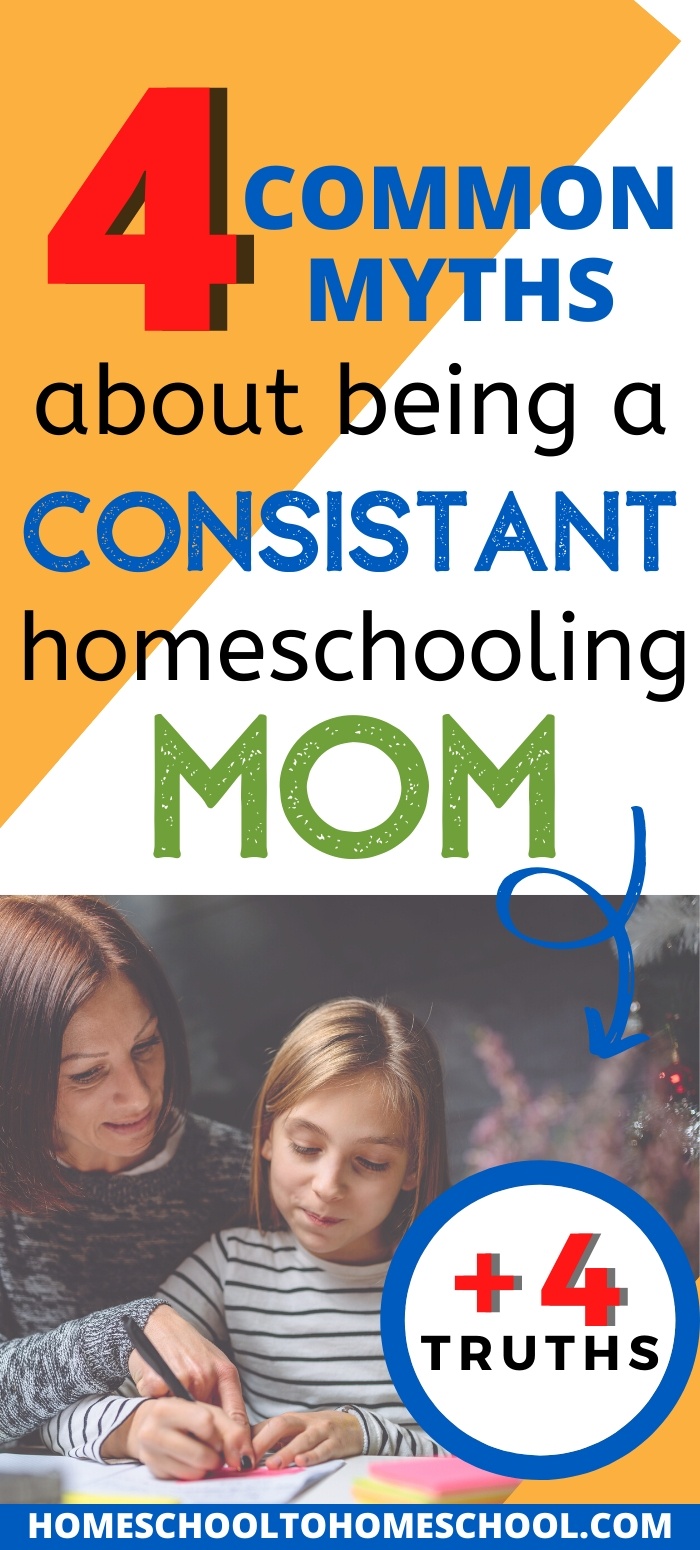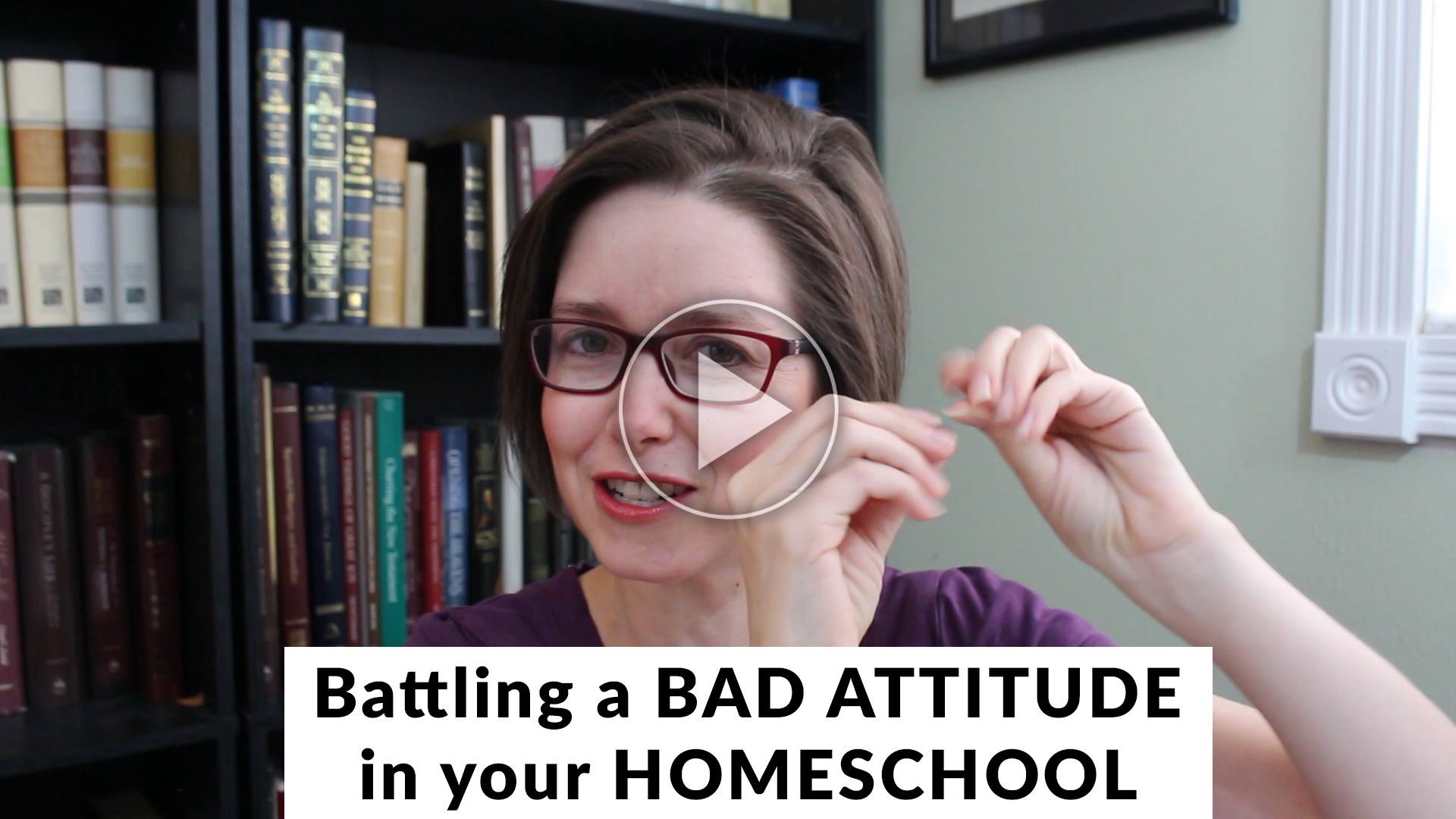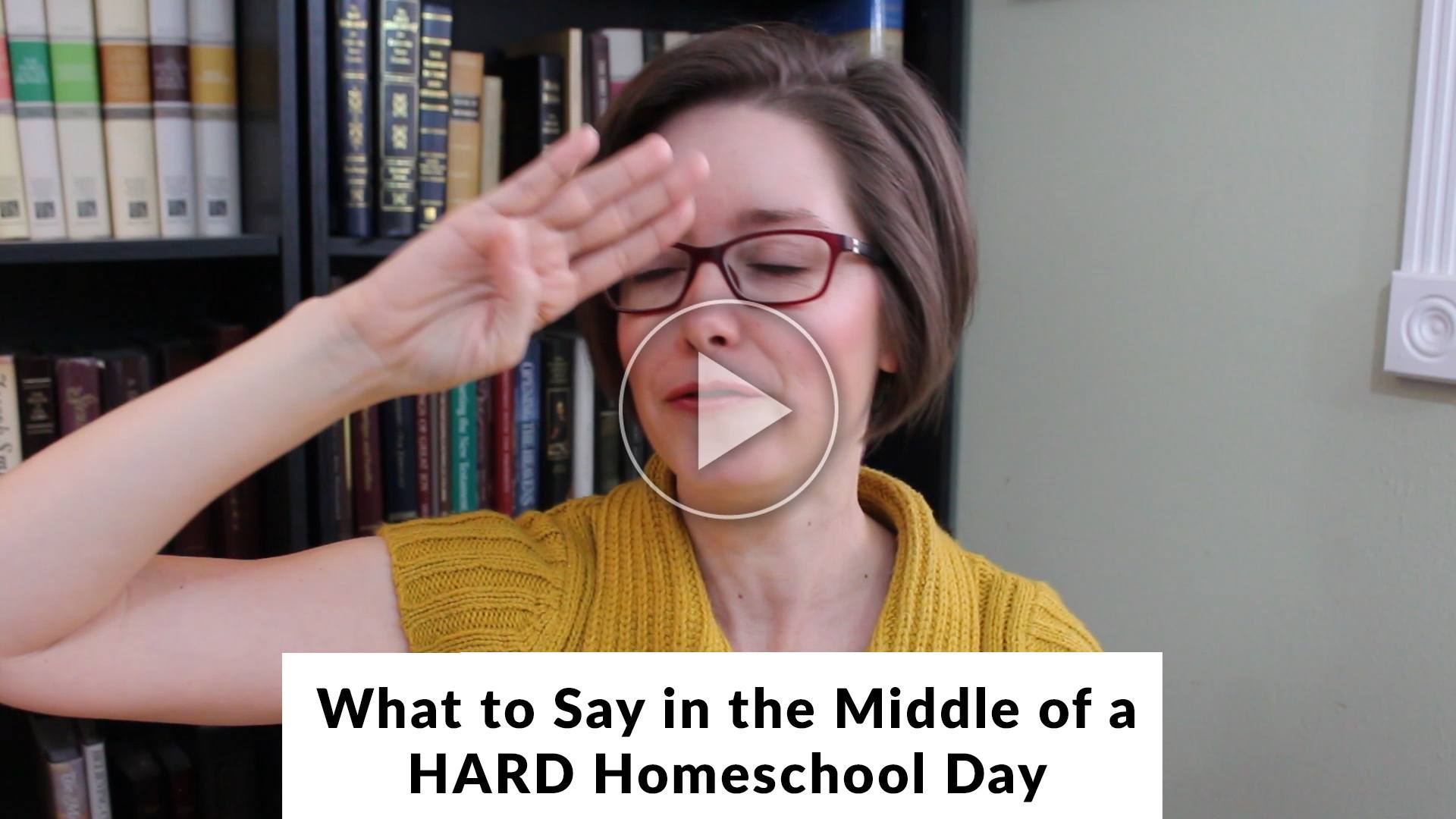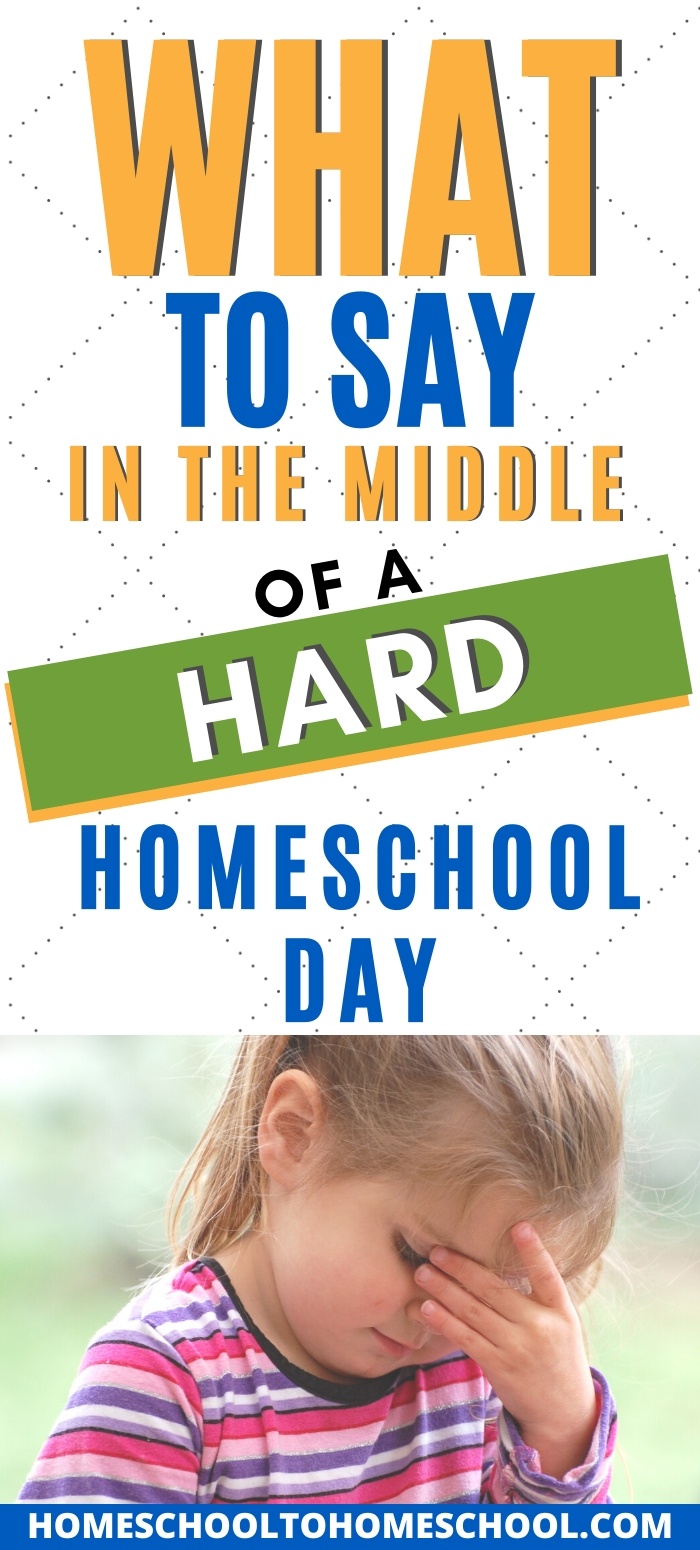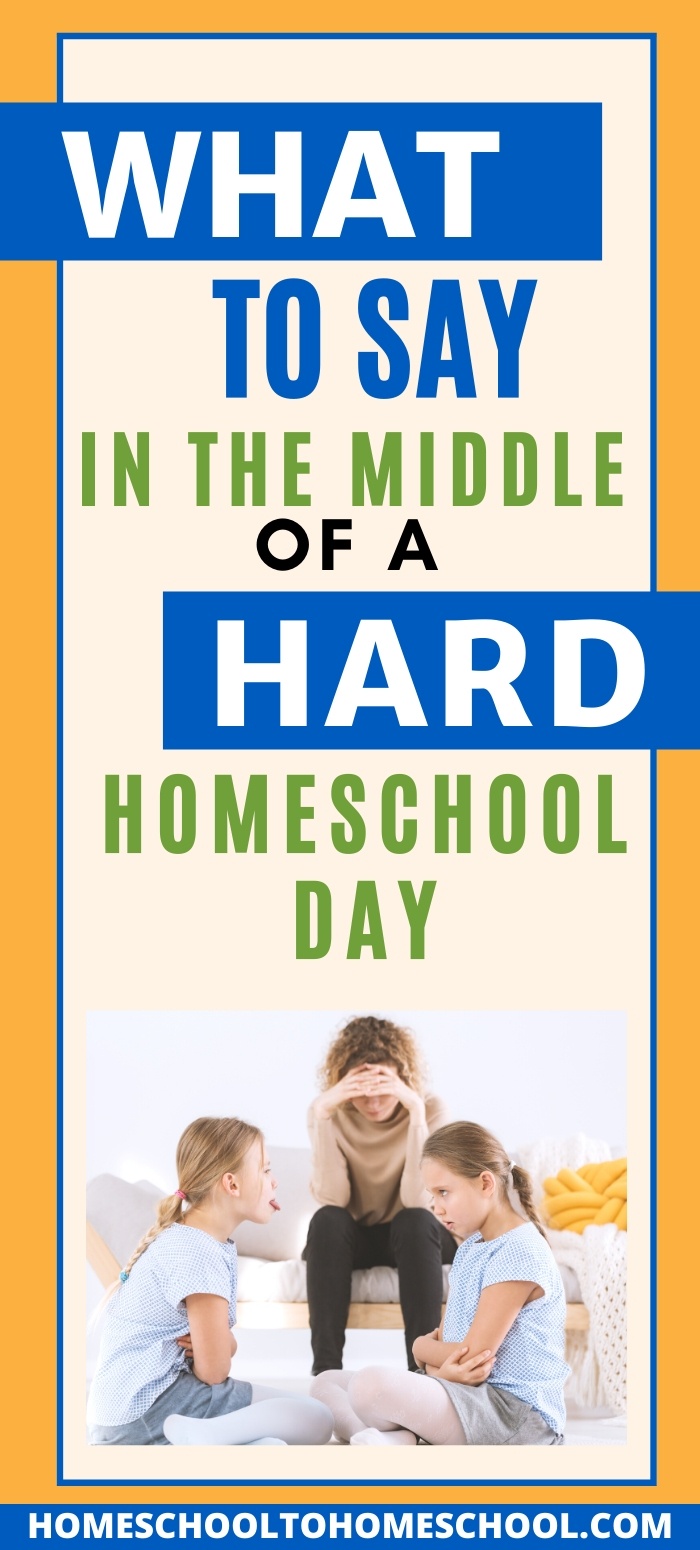Is homeschooling hard?
I’m not going to lie … it is hard. And anyone who tells you differently isn’t telling the truth.
It’s also wonderful, glorious, delightful and exciting.
But I think we do a disservice to anyone who is learning about homeschooling to not tell the entire truth about homeschooling.
Because if you’re trying to decide about homeschooling …
If you’re trying to decide if homeschooling will be worth it -- what the benefits are ...
And you’re trying to figure out what the advantages and disadvantages of homeschooling are -- you need someone to tell you both the good and the bad.
After 16 years homeschooling, I’ve spent a lot of time reflecting on what I think makes homeschooling easier than public school AND what makes it harder.
I’ve also spent a lot of time trying to decide why I kept going -- even when there were tears (theirs and mine!), even when I was exhausted, and even when I thought I was absolutely failing.
And the reality is that sometimes it was because I’m stubborn.
But most of the time, it was because I could see the long view -- my children were actually growing up to be wonderful people. They were learning and “becoming.”
And I wanted to be part of the journey. Even if that meant I had to keep doing the “hard.”
In today’s video, I’m covering four hard truths I’ve learned about homeschooling during the past 16 years.
Because no matter where you are in the journey -- starting out or quite a ways down the dusty path -- just being aware of what makes homeschooling “hard” can also make it easier!
Want to keep reading instead of watch? Scroll to read a transcript of the video.
Want tons of FREE resources to
help your homeschool?
Transcript
4 Tricky Truths That Make Homeschool Hard
Hello. My name's ToriAnn Perkey and from my homeschool to your homeschool today I want to talk about four tricky truths that make it tough to be a homeschool mom. Most of the time I make videos that talk about how to be a successful homeschool mom, how to be a confident homeschool mom. But today I want to talk about why being a homeschool mom can be hard. And because I don't want to lie, homeschooling, it's hard.
It is not for the faint of heart. It is not easy. And so I want to talk about what makes it hard for the homeschool mom. Why is it that maybe you want to be aware of just some of the things that are coming that might be difficult that, don't get me wrong, I love homeschooling. I've been doing this for a really long time. I am a veteran homeschool mom of 16 years. I've got four kids. This isn't, I've been doing this awhile and these are the things that I find are still, even after 16 years, still hard for me.
#1 Tricky Truth: You never have it figured out
So the first one, the first thing that's hard is you just never have it all figured out. You think you will. You think that it's 16 years or 18 years or 20 years, at some point, you're going to have it all figured out. But the reality is I am still researching. I am still asking questions. I'm still looking for answers. My kids get older and new questions develop, we enter a new phase of life and suddenly everything that I thought I knew has to change. It's just the reality of changing and growing.
You never have it all figured out, and that can be hard. Because you invest all this time, you think at some point, kind of just want to take a break and, and enjoy what I figured out. But the reality is there's always more to learn. There's always ways to improve. There's always things that, big questions that you're trying to figure out. So that's the first thing that I think is hard as being a homeschool mom, and it is a truth. You are never going to have it figured out.
#2 Tricky Truth: You never stop worrying
So the second truth, the second tricky truth is that you never stop worrying. You just don't. You're gonna worry the entire time you're homeschooling. I've actually made another post that I recommend you watch all about why a little bit of worry is actually good. And you don't ever want to completely let go of the worry. But the truth is you are never going to stop worrying. And that can be frustrating.
Guilt and fear they sit on the homeschool mom's shoulders and it takes a lot of work to make them not screaming in your ears. And the guilt is all about what you've done in the past and regret and feeling like you should have done something different.
And the fear is all about the future. And it's all about what's going to happen and what am I doing to my kids and are they going to be okay? It's all the future. And these two are sitting on your shoulders and you're just like "Ahhhhhh".
So you gotta learn how to turn that off. But you don't want to completely turn off the worry because you do need it. So there's this battle in-between all of that. And me? Yeah, I'm still worrying. I'm still worrying after 16 years about math. I'm still worrying about am I using my time correctly with my different kids.
You know, am I figuring out, like should we be going on these field trips? Should we be staying home? Should we be, you know, am I doing enough? Am I not doing enough? I'm always trying to figure that out and there is some worry that I'm going to make the wrong choice. It just is.
#3 Tricky Truth: It is hard to say goodbye
Okay. So the third tricky truth, the third tricky truth is that it's harder to say goodbye. I didn't even know this. I read everything about how it brought families together and homeschooling creates this environment where everybody is genuinely good friends and that stuff is all true. It's awesome and amazing.
But I didn't realize that what that means is that when it's time to let someone go, either just short term because they're going into an activity you're not involved with like a play or something or long term. Like I sent my daughter off to college, it was hard. It was way harder than I thought it was going to be and it was compounded by the fact that we'd always been together. We'd always been a family, so that was hard.
#4 Tricky Truth: Homeschooling is a huge sacrifice
The last thing, that's the tricky truth, the last tricky truth is that homeschooling is a huge sacrifice. Huge. It is a sacrifice of time. It is a sacrifice of money. It is a sacrifice of energy. All of it is a sacrifice. And you're going to have to come to grips with that. If you're going to be okay with homeschooling. It is a tricky truth that you are going to be sacrificing. Now, don't get me wrong, it is worth it. All of these tricky truths, all of these things, it is worth it. I love homeschooling.
If you need more help with your homeschooling, I do have a homeschool help center full of free resources that you can check out the links up above, down, below, wherever you're watching this video. I hope that that will help you if you are in the process of trying to decide if these tricky truths, if you're willing to embrace them so you can homeschool, or if you're in a place where you just need some help. I'm ToriAnn Perkey, and I make these videos every week so that you can be a successful and confident homeschool mom.
Save for later by pinning to your favorite Pinterest board!







